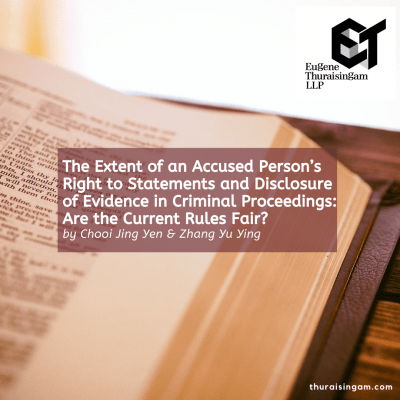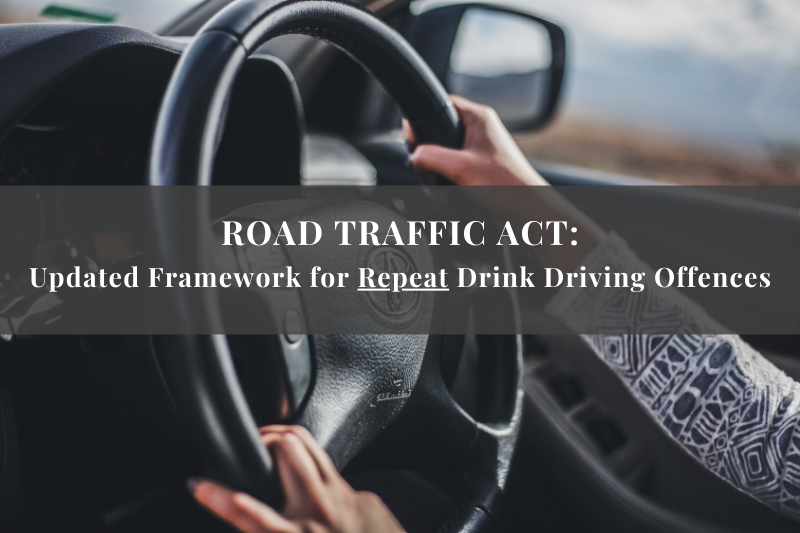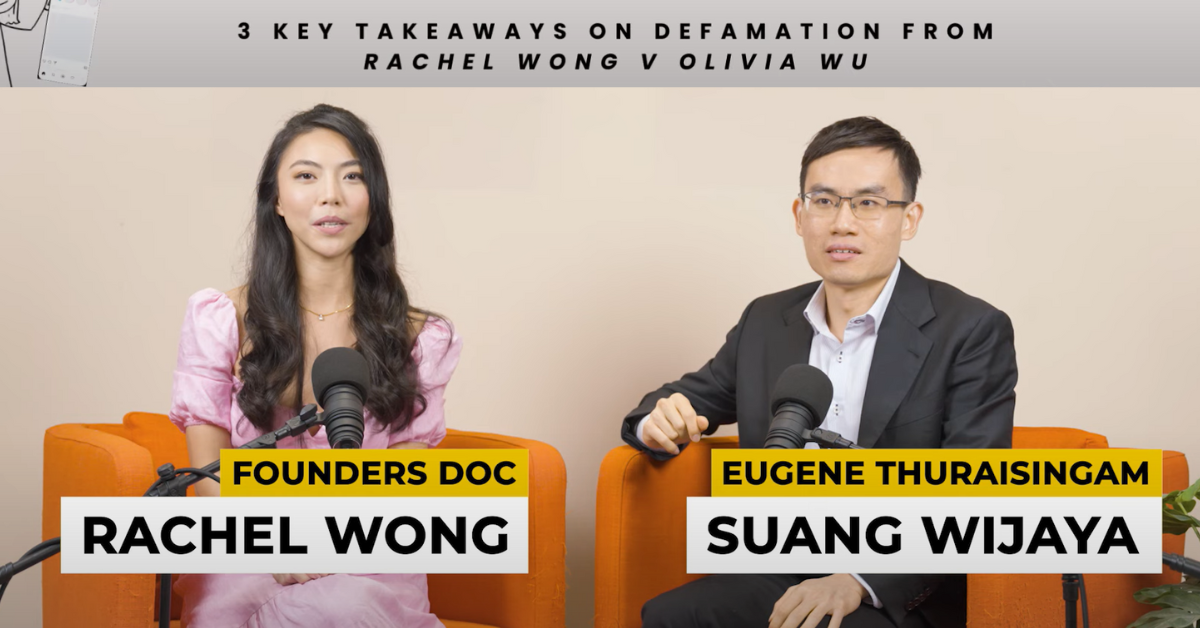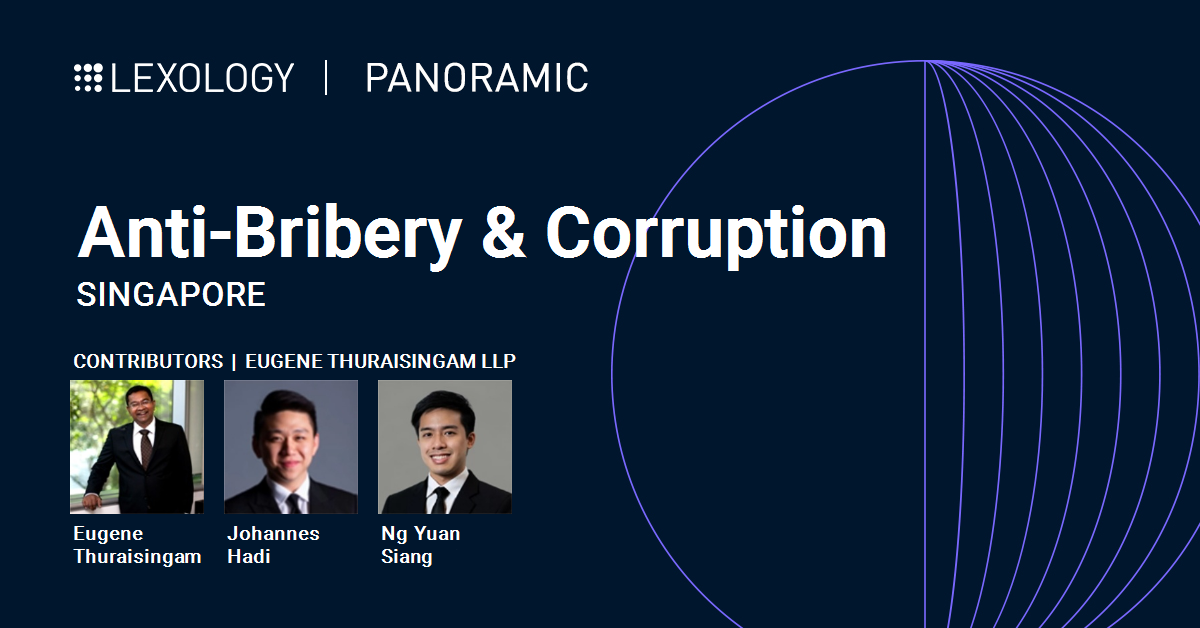The Extent of an Accused Person’s Right to Statements and Disclosure of Evidence in Criminal Proceedings: Are the Current Rules Fair?
1. Introduction
Evidence is everything in litigation. Early disclosure of evidence facilitates fairness and transparency, and reduces suspicion on opposing sides. The civil litigation process thus has rigorous rules for the disclosure of documents months before trial, and a well-established framework for a party to seek specific discovery of documents which he suspects the opposing party has withheld.
The stakes are higher in criminal litigation. But are the rules as robust? Skepticism of accused persons (who have been charged but not convicted) and the fear that they will tailor their testimony to fit the evidence has led some prosecutors to be selective about the evidence they disclose or choose to rely on at trial. Is this fair, and what can an accused person do about it?
2. A near-miss
In Muhammad bin Kadar and another v PP [2011] 3 SLR 1205 (“Kadar”), two brothers were charged with murder. Midway through a lengthy trial, the prosecution disclosed to the defence statements from an eyewitness which consistently stated that only one intruder had been present at the material time.
The Court of Appeal therefore overturned the conviction of one of the brothers, Ismil bin Kadar.
Had the prosecution not disclosed this crucial evidence, an innocent man may have been sent to the gallows.
The Court of Appeal thus gave the following guidance in relation to the prosecution’s common law duty to disclose evidence prior to trial, even if it did not intend to rely on these (the “Kadar rules”):1
- The prosecution must disclose any unused material that is likely to be admissible and that might reasonably be regarded as credible and relevant to the guilt or innocence of the accused; and
- The prosecution must also disclose any unused material that is likely to be inadmissible, but would provide a real (not fanciful) chance of pursuing a line of inquiry that leads to material that is likely to be admissible and that might reasonably be regarded as credible and relevant to the guilt or innocence of the accused.
This mirrors the established rule in civil litigation that parties must provide discovery of documents, including documents adverse to the disclosing party’s case, that are capable of resolving the issues in dispute between them.2 This also extends to documents which may lead to a train of inquiry of such other documents.3
3. The CCDC Regime
Amendments have been made to the Criminal Procedure Code (the “CPC”) to formally introduce a system of pre-trial discovery, known as the criminal case disclosure conference (the “CCDC Regime”).
Under this regime, an accused person can obtain his prior statements given to investigators if he first files a Case for Defence in which he briefly states what his defence is. This presumably ameliorates the concern that he will tailor his later testimony in court, since an adverse inference will be drawn against him should his testimony differ from what is contained in his Case for Defence.
But the disclosure obligation that this triggers on the part of the prosecution does not extend to material on which it does not intend to rely at trial, which remains governed by the Kadar rules.
In effect, the CCDC Regime is really only intended to allow an accused person to gain access to his prior statements. One may find it strange that he does not already have copies of his own signed statements given to the police – this is an entrenched part of our investigative processes and can be the subject of a separate discussion.
The importance of these statements cannot be over-stated, and we previously discussed it in this article. In short, such statements are generally kept in the prosecution’s back-pocket and used to impeach the credit of the accused when he takes the stand, if he says something contrary to what he has already said in these statements.4
Two questions remain. First, if an accused person elects not to file a Case for Defence and so is not entitled to access his prior statements under the CCDC Regime, can he still argue that he is entitled to them pursuant to the prosecution’s Kadar obligations? After all, if these statements can potentially be used to impeach his credit, can it be said that they are relevant to his guilt or innocence and therefore liable to disclosure even if the prosecution does not intend to rely on them as part of its primary case?
Second, how can the accused person who suspects that the prosecution has not fully complied with its Kadar obligations in respect of other unused material pursue the issue ahead of trial so that he may properly prepare his case?
4. The presumption weighs in favour of the prosecution
A partial answer to the second question was given by Justice Chan Seng Onn in Lee Siew Boon Winston v Public Prosecutor [2015] 4 SLR 1184 at [184]:-
(a) When a trial or an appeal begins, there is a presumption that the Prosecution has complied with its Kadar obligation. This would mean that the court presumes that all material which should be disclosed has been disclosed.
(b) This presumption will only be displaced if the court has sufficient reason to doubt that the Prosecution has complied with its Kadar obligation. In this regard, once the Defence satisfies the court that there are reasonable grounds for belief that the Prosecution has failed to comply with its Kadar obligation, the court will look to the Prosecution to show that it has complied with its obligation. The Prosecution must then establish to the satisfaction of the court that it has fulfilled its Kadar obligation since the court will no longer simply presume that there is compliance.
(c) At this point, the prosecutor in charge of the case should re-evaluate his or her position having regard to the contentions raised by the accused at trial or at the appeal which has caused the presumption of compliance to be rebutted. It is at this point that the Prosecution may inform the court that it is not required to give disclosure due to the operation of any ground under any law.
(d) Where the Prosecution itself after re-evaluation has doubts whether to disclose, disclosure to the Defence should be the usual course.
(e) If after re-evaluation, the prosecutor still resists disclosure, it can choose whatever method it wishes to satisfy the court that it has complied with its Kadar obligation owed to court. In cases such as this, where contents of the witness’ statement are in question, the Prosecution can tender the statement to court without it being shown to the Defence. The court will decide whether the objective test for disclosure as laid down in Kadar I is satisfied. In other words, the court will objectively decide if the Preliminary Thresholds to Disclosure have been crossed.
(f) The court will examine the material and evidence tendered to the court by the Prosecution to prove its compliance and also examine the parties’ positions carefully but not restrictively in deciding if disclosure should nevertheless be ordered. Generally, if the court finds difficulty in deciding whether disclosure should be ordered, it would lean towards ordering disclosure.
(g) If the court finds that disclosure is not required, the material is returned to the Prosecution without the Defence ever having looked at it.
(h) On the other hand, if the court finds that disclosure is required, it would make an order that the Prosecution disclose the material to the Defence. This would also mean that the Prosecution would have been in breach of its Kadar obligation.
In other words, the Defence (1) cannot seek to enforce the prosecution’s Kadar obligation before the start of trial; (2) operates from a disadvantage in having the presumption of compliance weigh in the prosecution’s favour; and (3) must seek to persuade the Court that the prosecution has not complied with its Kadar obligation without knowing the contents or identity of the evidence that the prosecution has allegedly failed to disclose.
It is little wonder that there have been very few reported judgments in which such an application has been successfully made.
As to whether the CCDC Regime ameliorates the prosecution’s Kadar obligation in any way, the decision of then-Justice of Appeal V K Rajah in Goldring Timothy Nicholas and others v PP [2013] 3 SLR 487 tends to suggest that it does not. There, it was held that the accused persons had a common law right of access to documents over which they had ownership or legal custody or a legal right to control immediately before their seizure by the authorities, even before service of their Case for Defence under the CCDC Regime. This was because the rationale behind the sequential nature of the process of disclosure under the CCDC Regime was to avoid a situation where an accused person was given information before he had put his defence on record and could thereby tailor his evidence to fit the facts.5 This could not apply to documents to which he already had a right of access.
5. Conclusion
Kadar and the CCDC Regime have gone some way towards levelling the playing field between the prosecution and the defence insofar as entitlement to evidence is concerned. But there is still a long way to go insofar as the mechanisms for the defence to trigger or otherwise enforce this entitlement. Certainly these rules and mechanisms are not as robust as those provided for in equally, if not more adversarial civil proceedings. The question whether they should be depends on one’s philosophical outlook. Should we continue to view all accused person’s with a healthy dose of skepticism? Or is it time to move towards a more transparent criminal justice system where we can still trust that the guilty will be convicted whilst the innocent will not be unduly hampered in presenting their defence?
*This article is co-written by Chooi Jing Yen and Zhang Yu Ying (SMU law undergraduate).

